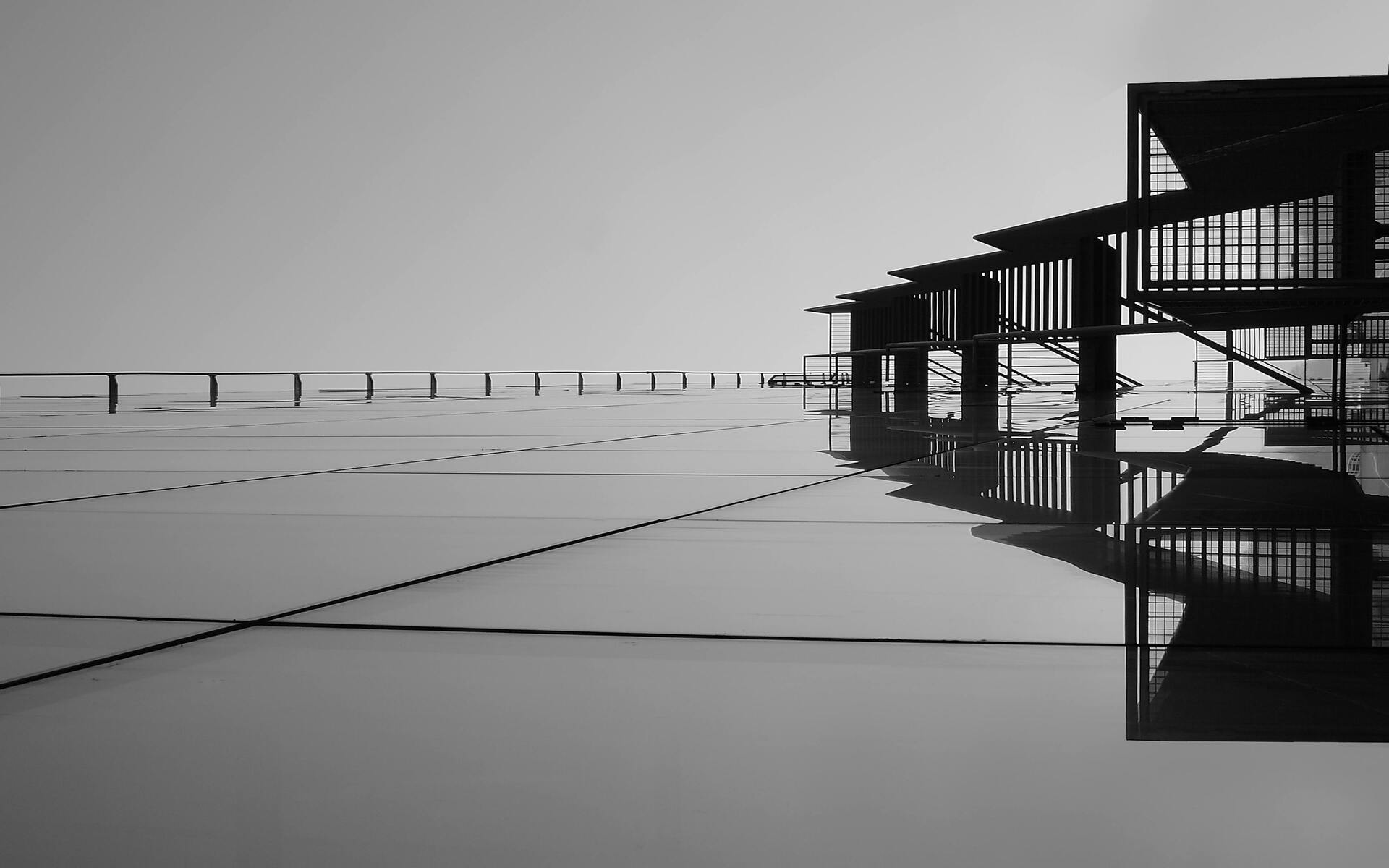
FAQ About Architectural Photography
Architectural Photography
2 years ago | gizem
How important is natural light in architectural photography?
Natural light is highly important in architectural photography and often plays a central role in capturing striking and visually appealing images of buildings and structures. Here are several reasons why natural light is crucial in architectural photography:
- Authentic Representation: Natural light provides a realistic and authentic representation of the building's appearance. It showcases the design, materials, and colors as they appear to the human eye, making the photograph a faithful representation of the architecture.
- Quality of Light: Natural light, especially during the golden hours (shortly after sunrise and before sunset), offers a soft and warm quality of light that is favored by many architectural photographers. This type of light enhances the building's features, textures, and details while minimizing harsh shadows.
- Highlighting Texture and Detail: Natural light can bring out the textures and details of architectural elements, such as brickwork, stone facades, or intricate ornamentation. It adds depth and dimension to the photograph, making the building more visually appealing.
- Creating Atmosphere: Natural light can contribute to the mood and atmosphere of the photograph. Depending on the time of day and weather conditions, it can evoke different feelings and emotions. For example, soft morning light can create a peaceful atmosphere, while dramatic evening light can add a sense of grandeur.
- Energy Efficiency: When photographing sustainable or green buildings, showcasing how they utilize natural light for illumination and energy efficiency can be an essential part of the story.
- Avoiding Artificial Lighting Issues: Artificial lighting within buildings can introduce color casts and color temperature variations. Relying on natural light can help avoid these issues and produce more consistent and pleasing results.
